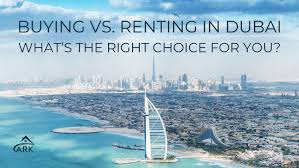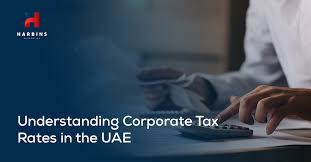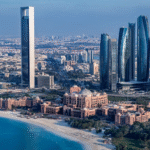Now Reading: Luxury Island Villas in Dubai With No Ownership Taxes
-
01
Luxury Island Villas in Dubai With No Ownership Taxes
Luxury Island Villas in Dubai With No Ownership Taxes
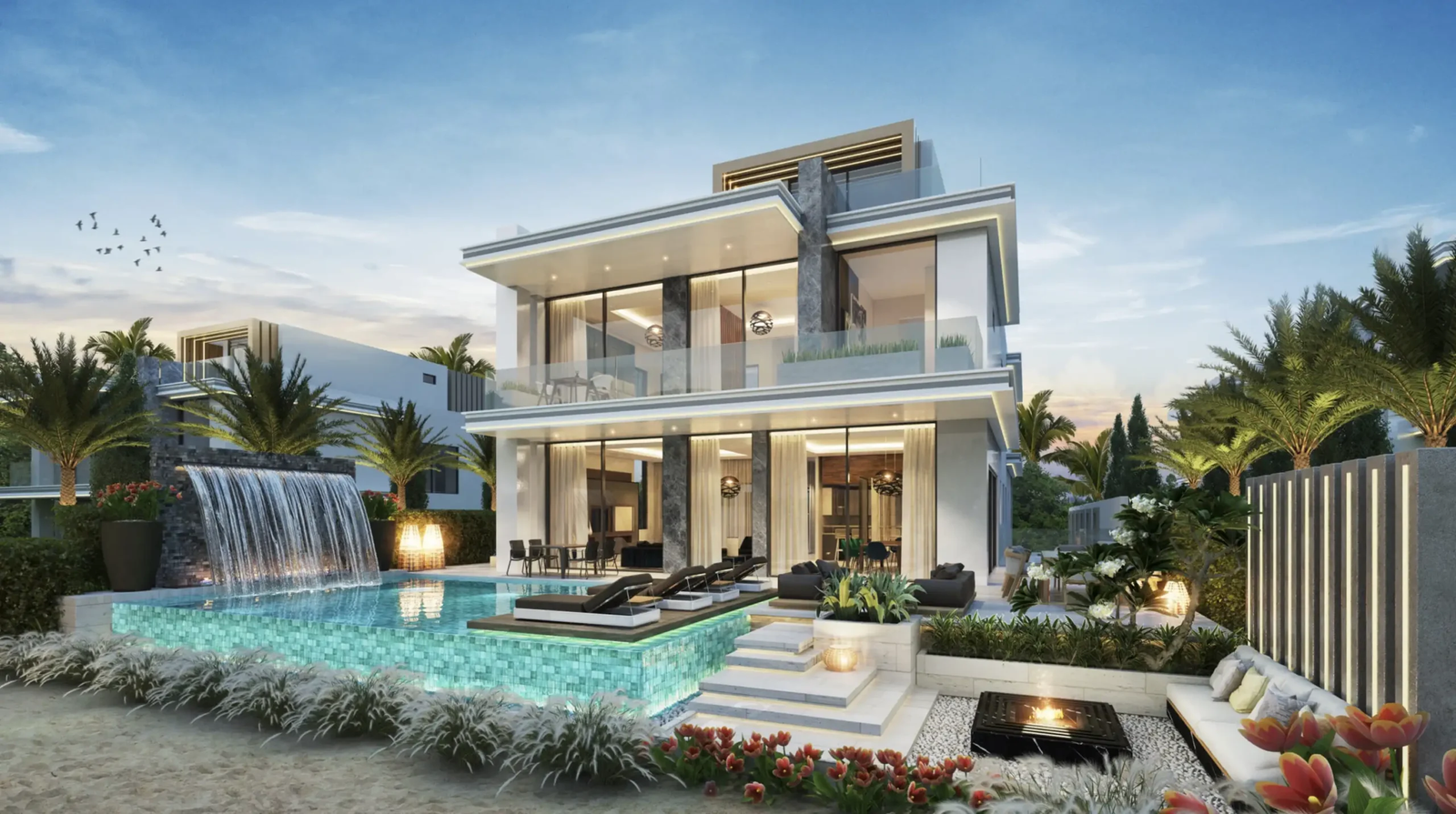
Table of Contents
Imagine waking to the gentle waves of the Arabian Gulf, sunlight streaming through your floor-to-ceiling windows, and the peace of mind that your luxurious villa on Palm Jumeirah or Dubai Islands comes with no annual ownership taxes. In 2025, Dubai’s island villas nestled in iconic coastal developments like Palm Jumeirah, Palm Jebel Ali, and Dubai Islands stand as global symbols of prestige, offering 100% freehold ownership and a tax-friendly environment that outshines markets like London or New York, where property taxes can drain 1-2% of a home’s value yearly.
The UAE’s dirham, pegged to the U.S. dollar, ensures currency stability, and residential purchases dodge 5% VAT, saving thousands. With 58% of buyers from countries like the UK, India, and Russia driving 94,000 property transactions in the first half of 2025, these islands deliver 4-6% rental yields and 8-12% price appreciation, surpassing London (2-4%) or New York (3-4%).
Villas over $545,000 qualify for a 10-year Golden Visa, while smaller properties offer 2-year residency perks. This guide explores the tax-free allure of luxury island villas, spotlighting projects like Palm Jumeirah Ocean Villas, Palm Jebel Ali Coastal Villas, and Dubai Islands Horizon Villas, to help you invest in a lifestyle of wealth and exclusivity.
The Tax-Free Appeal of Dubai’s Island Villas
Dubai’s island villas, located 15-30 minutes from Dubai International Airport via Sheikh Zayed Road or water taxi, blend unparalleled luxury with financial savvy. With no annual property taxes, owners save $30,000-$120,000 yearly on a $3 million-$6 million villa, unlike New York (1-2%) or London (council tax up to 2%).
Zero capital gains tax saves $150,000-$280,000 on a $750,000-$1 million profit, and no personal income tax on rentals saves $48,000-$96,000 annually on $120,000-$240,000 in income. Residential purchases avoid 5% VAT ($150,000-$300,000), and the 9% corporate tax spares individual owners.
Free zone companies save $1,000-$30,000 annually, and small business relief waives corporate tax for revenues under $816,000 until December 31, 2026. With 25 million tourists and a 5% population surge fueling 2-3% vacancy rates, these tax-free benefits drive demand, making villas in Palm Jumeirah, Palm Jebel Ali, and Dubai Islands prime investment choices.
The tax-free luxury feels like a financial sanctuary wrapped in paradise.
No Annual Property Taxes: A Game-Changer
Unlike global markets where annual property taxes can cost $30,000-$120,000 on a $3 million-$6 million villa, Dubai imposes none, letting owners keep those funds for reinvestment or lifestyle upgrades. For a $4 million Palm Jumeirah villa, this saves $40,000-$80,000 yearly, compared to New York’s 1-2% or London’s council tax. Maintenance fees ($15,000-$25,000) and a 5% municipality fee on rentals ($6,000-$12,000) are the main ongoing costs, far lower than tax-heavy markets. This absence of ownership taxes boosts villa appeal, driving 8-12% price growth as 58% of buyers from abroad compete for limited inventory.
Saving thousands yearly feels like a gift that keeps on giving.
Zero Capital Gains Tax: Maximizing Profits
Dubai’s zero capital gains tax, unchanged in 2025, is a major draw. Selling a $4 million Palm Jumeirah villa for $5 million after 25% appreciation yields a $1 million tax-free profit, saving $200,000-$280,000 compared to London (20-28%) or New York (20-37%). A $3 million Dubai Islands villa sold for $3.75 million yields a $750,000 tax-free gain, saving $150,000-$210,000. This tax-free profit, paired with 4-6% rental yields, makes villas a wealth-building powerhouse, especially in high-demand areas with 2-3% vacancy rates.
Keeping every dirham of profit feels like a financial triumph.
No Personal Income Tax on Rentals
Owners leasing villas pay no personal income tax, unlike the U.S. (up to 37%) or UK (up to 45%). A $4 million villa yielding $160,000-$240,000 annually keeps every dirham, versus $88,000-$144,000 elsewhere, saving $72,000-$96,000. Long-term leases require Ejari registration ($54-$136 annually), while short-term rentals, boosted by 25 million tourists, need Department of Tourism and Commerce Marketing (DTCM) registration ($408-$816). Short-term rentals increase yields by 10-20%, adding $16,000-$48,000 annually, making villas a lucrative income source.
Tax-free rental income feels like a monthly boost to your dreams.
VAT Exemption and Compliance
Residential villa purchases are exempt from 5% VAT, saving $150,000-$300,000 on a $3 million-$6 million property, unlike commercial properties or the UK’s stamp duty (up to 12%). Off-plan purchases may incur 5% VAT on developer fees ($20,000-$80,000), recoverable via Federal Tax Authority (FTA) registration ($500-$1,000).
Short-term rental owners must register for VAT if revenue exceeds $102,041, charging 5% on bookings but claiming credits on expenses like DTCM fees. A $4 million villa yielding $160,000-$240,000 incurs $8,000-$12,000 in VAT but allows $2,000-$5,000 in credits. Non-compliance risks fines up to $13,612, so accurate records are essential.
The VAT exemption feels like a warm welcome to villa ownership.
Palm Jumeirah Ocean Villas: Tax-Free Prestige
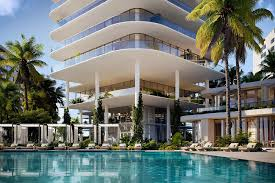
Palm Jumeirah Ocean Villas by Nakheel, set for completion in Q2 2025, offer 4-6 bedroom villas ($3 million-$6 million) with 4-6% rental yields and 8-12% price growth. These 4,000-6,000 square foot homes feature private beaches and smart systems. A $4 million villa yields $160,000-$240,000 tax-free annually, versus $88,000-$144,000 elsewhere, saving $72,000-$96,000. Selling it for $5 million yields a $1 million tax-free profit, saving $200,000-$280,000.
No property taxes save $40,000-$80,000 yearly, and VAT exemption saves $200,000. Initial costs include a 4% Dubai Land Department (DLD) fee ($120,000-$240,000), 2% broker fee ($60,000-$120,000), and a 20/50/30 payment plan. Maintenance fees are $15,000-$25,000, with a 5% municipality fee ($8,000-$12,000).
A Qualified Free Zone Person (QFZP) saves $40,800-$61,200 on $408,000-$612,000 in income. U.S. investors deduct depreciation ($72,727-$109,091) and management fees ($7,455-$14,545), saving up to $36,364. Golden Visa eligibility applies. Short-term rentals boost yields by 10-20%.
The beachfront elegance feels like a tax-free, high-return paradise.
Palm Jebel Ali Coastal Villas: Emerging Tax-Free Luxury
Palm Jebel Ali Coastal Villas by Nakheel, set for completion in Q3 2025, offer 4-6 bedroom villas ($2.72 million-$5.44 million) with 4-6% rental yields and 8-12% price growth. These 3,500-5,500 square foot villas boast eco-friendly designs and sea views. A $3 million villa yields $120,000-$180,000 tax-free, versus $66,000-$108,000 elsewhere, saving $54,000-$72,000. Selling it for $3.75 million yields a $750,000 tax-free profit, saving $150,000-$210,000.
No property taxes save $30,000-$60,000 yearly, and VAT exemption saves $150,000. Initial costs include a 4% DLD fee ($108,900-$217,800), 2% broker fee ($54,450-$108,900), and a 50/50 payment plan. Maintenance fees are $12,000-$20,000, with a 5% municipality fee ($6,000-$9,000). A QFZP saves $30,600-$45,900. U.S. investors deduct depreciation ($54,545-$98,182) and management fees ($5,964-$11,909), saving up to $34,091. Golden Visa eligibility applies. Short-term rentals boost yields by 10-20%.
The coastal charm feels like a vibrant, tax-free retreat.
Dubai Islands Horizon Villas: Modern Tax-Free Haven
Dubai Islands Horizon Villas by a leading developer, set for completion in Q2 2026, offer 4-6 bedroom villas ($2.72 million-$5.44 million) with 4-6% rental yields and 8-12% price growth. These 4,000-6,000 square foot villas feature private beaches and sustainable designs. A $3 million villa yields $120,000-$180,000 tax-free, versus $66,000-$108,000 elsewhere, saving $54,000-$72,000.
Selling it for $3.75 million yields a $750,000 tax-free profit, saving $150,000-$210,000. No property taxes save $30,000-$60,000 yearly, and VAT exemption saves $150,000. Initial costs include a 4% DLD fee ($108,900-$217,800), 2% broker fee ($54,450-$108,900), and a 20/50/30 payment plan.
Maintenance fees are $12,000-$20,000, with a 5% municipality fee ($6,000-$9,000). A QFZP saves $30,600-$45,900. U.S. investors deduct depreciation and management fees, saving up to $34,091. Golden Visa eligibility applies. Short-term rentals boost yields by 10-20%.
The waterfront serenity feels like a modern, tax-free oasis.
New Tax Rules: Corporate Impacts
While individuals enjoy no ownership taxes, new 2025 rules affect corporate owners. The Domestic Minimum Top-up Tax (DMTT), effective January 1, 2025, imposes a 15% tax on multinational enterprises (MNEs) with global revenues over €750 million ($793 million). A company leasing 10 villas with $1 million in income faces a $150,000 tax, reducing net income to $850,000.
QFZP status avoids this, saving $30,600-$61,200. Cabinet Decision No. 34 of 2025 refines Qualifying Investment Fund (QIF) rules, taxing 80% of real estate income above 10% of total income at 9%. Individual owners dodge these, keeping tax-free status. Non-compliance risks fines up to $136,125, so corporate owners need expert guidance.
Corporate rules feel like a nudge, leaving individual owners free to shine.
Strategies to Maximize Tax-Free Benefits
To optimize returns, use these strategies. First, hold villas as an individual to avoid DMTT and corporate tax. Second, set up a QFZP to save $30,600-$61,200 annually on $306,000-$612,000 in rental income, with setup costs of $2,000-$5,000. Third, recover 5% VAT on off-plan purchases via FTA registration ($500-$1,000). Fourth, leverage small business relief for revenues under $816,000 until 2026.
Fifth, U.S. investors should deduct depreciation ($54,545-$109,091), maintenance ($12,000-$25,000), and mortgage interest on Schedule E, saving up to $36,364. Sixth, non-U.S. investors can use double taxation treaties with 130+ countries to avoid foreign taxes. Hire a property manager ($12,000-$25,000 annually) and consult tax professionals to avoid penalties.
These strategies feel like a clear path to tax-free wealth.
Costs of Ownership
Buying a $3 million villa incurs a 4% DLD fee ($120,000), 2% broker fee ($60,000), and a 10% deposit ($300,000). Flexible payment plans (50/50 or 20/50/30) spread costs, with 50-70% paid during construction. Annual maintenance fees are $12,000-$25,000, with a 5% municipality fee ($6,000-$12,000). Off-plan purchases may incur 5% VAT ($20,000-$80,000), recoverable via FTA registration. Gift transfers to shareholders reduce DLD fees to 0.125% ($3,750), saving $116,250. These costs are modest compared to tax-heavy markets.
The costs feel like a small step toward a tax-free fortune.
Navigating Risks in 2025
A projected oversupply of 41,000 units may slow price growth. Mitigate by choosing trusted developers like Nakheel, verifying escrow compliance under the 2025 Oqood system, and targeting low-vacancy projects (2-3%). Ensure QFZP and VAT compliance to avoid fines. Short-term rentals boost yields by 10-20%, while long-term leases ensure stability. Proximity to Dubai Marina and upcoming cruise terminals drives value. Regular market analysis keeps you ahead.
Why Dubai’s Island Villas Are Unmatched
Palm Jumeirah Ocean Villas, Palm Jebel Ali Coastal Villas, and Dubai Islands Horizon Villas offer no ownership taxes, saving $30,000-$120,000 annually, alongside 4-6% rental yields, 8-12% price growth, and tax-free profits of $150,000-$280,000. With Golden Visa perks, flexible payment plans, and a vibrant market, these 2025 projects deliver luxury and wealth. The absence of ownership taxes makes Dubai’s island villas a tax-free, high-return haven for investors seeking an exclusive lifestyle.
read more: Buying vs Renting in Dubai 2025: Tax Differences Explained



